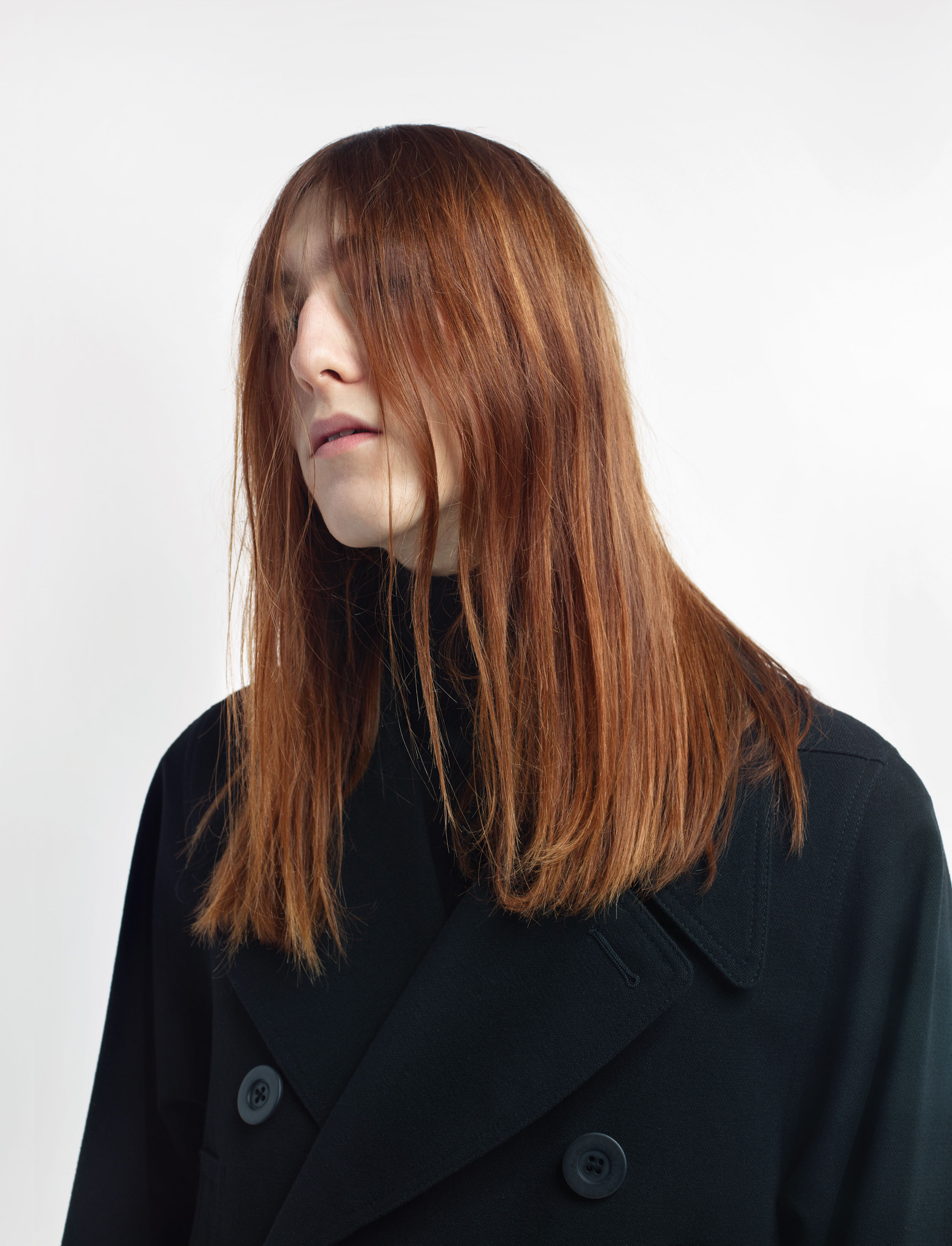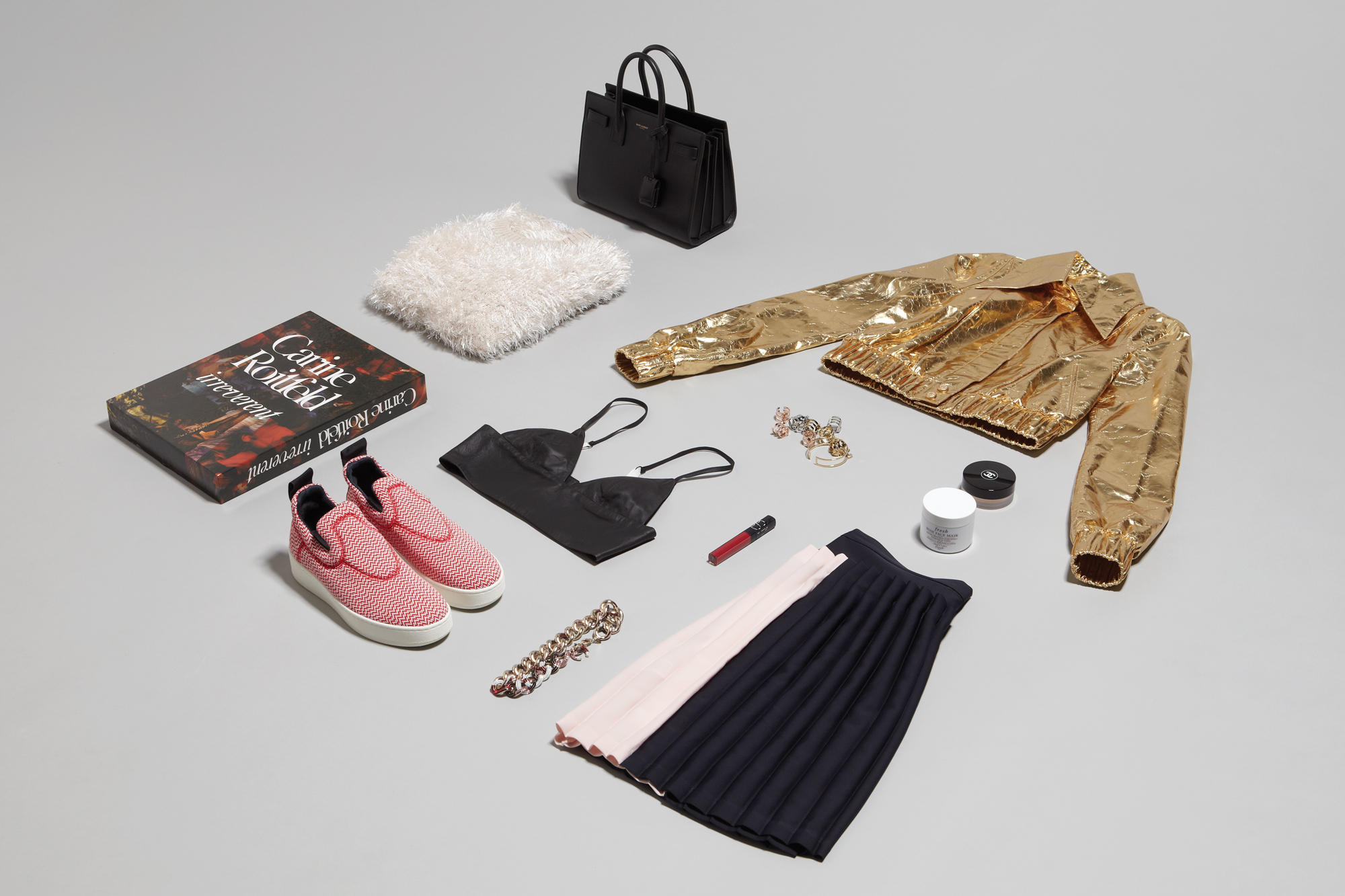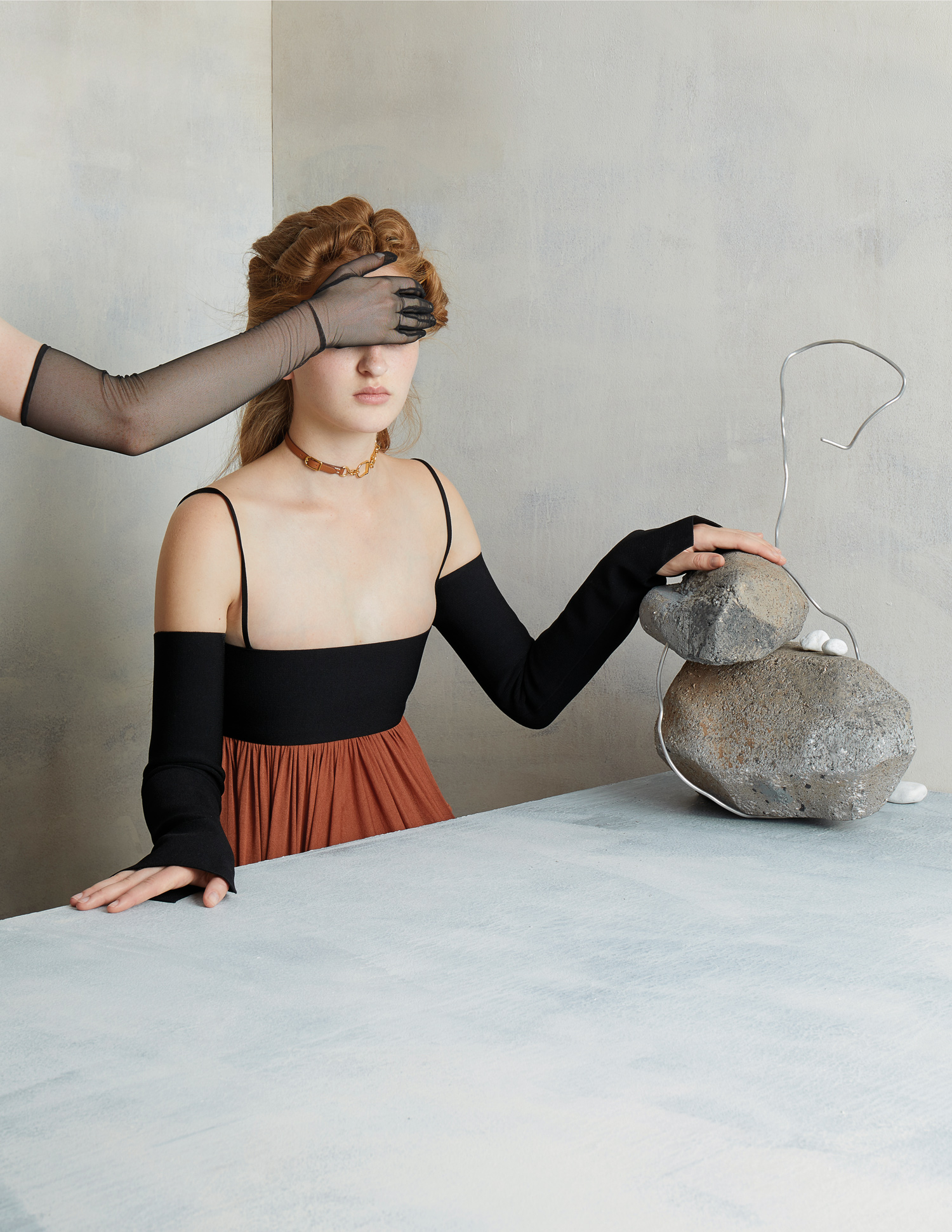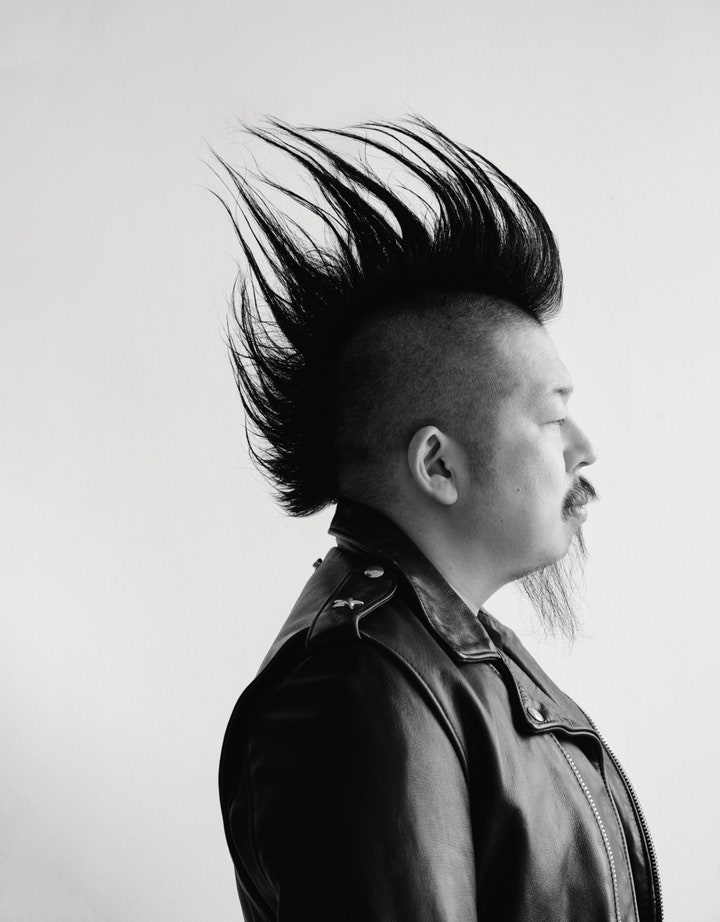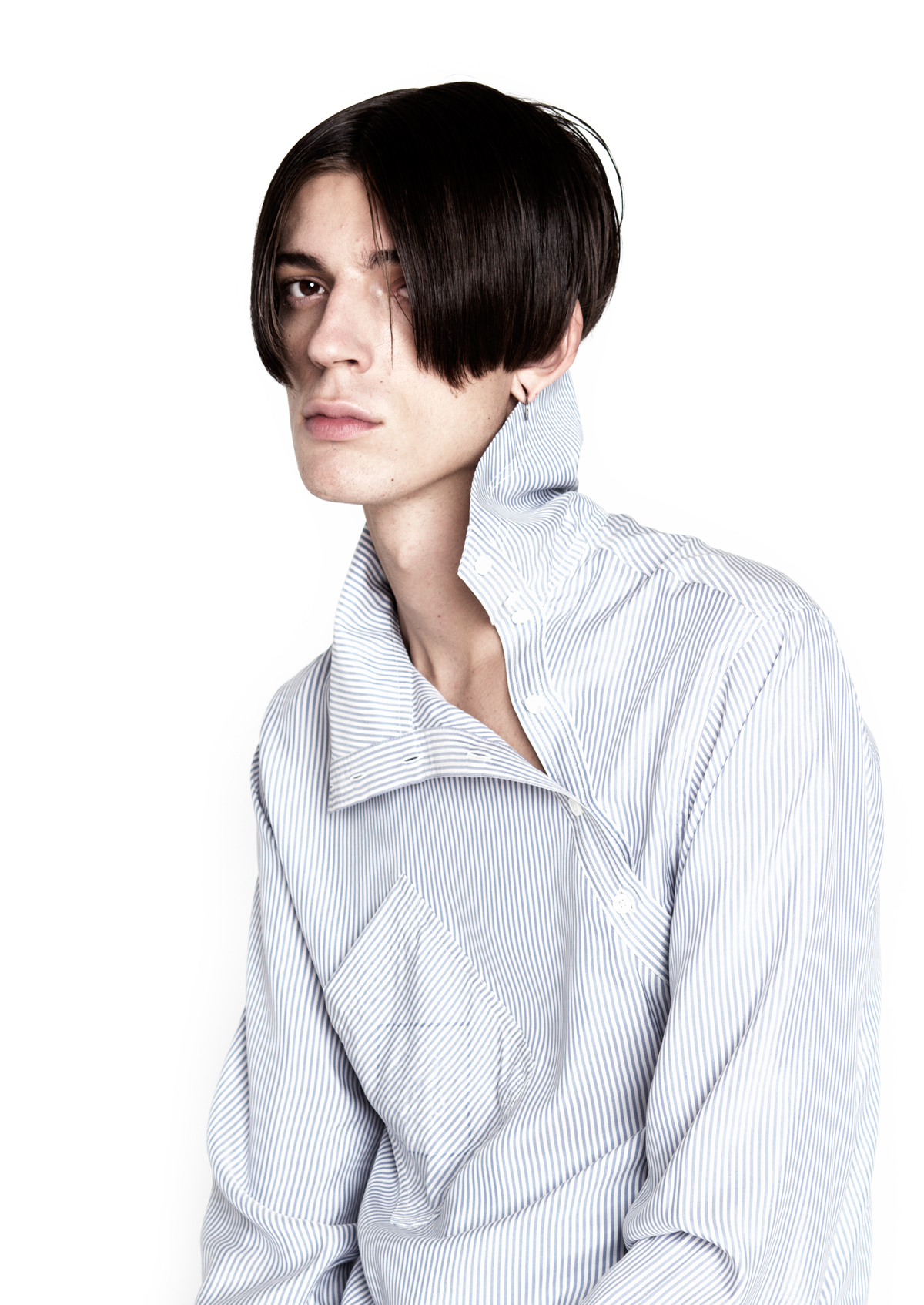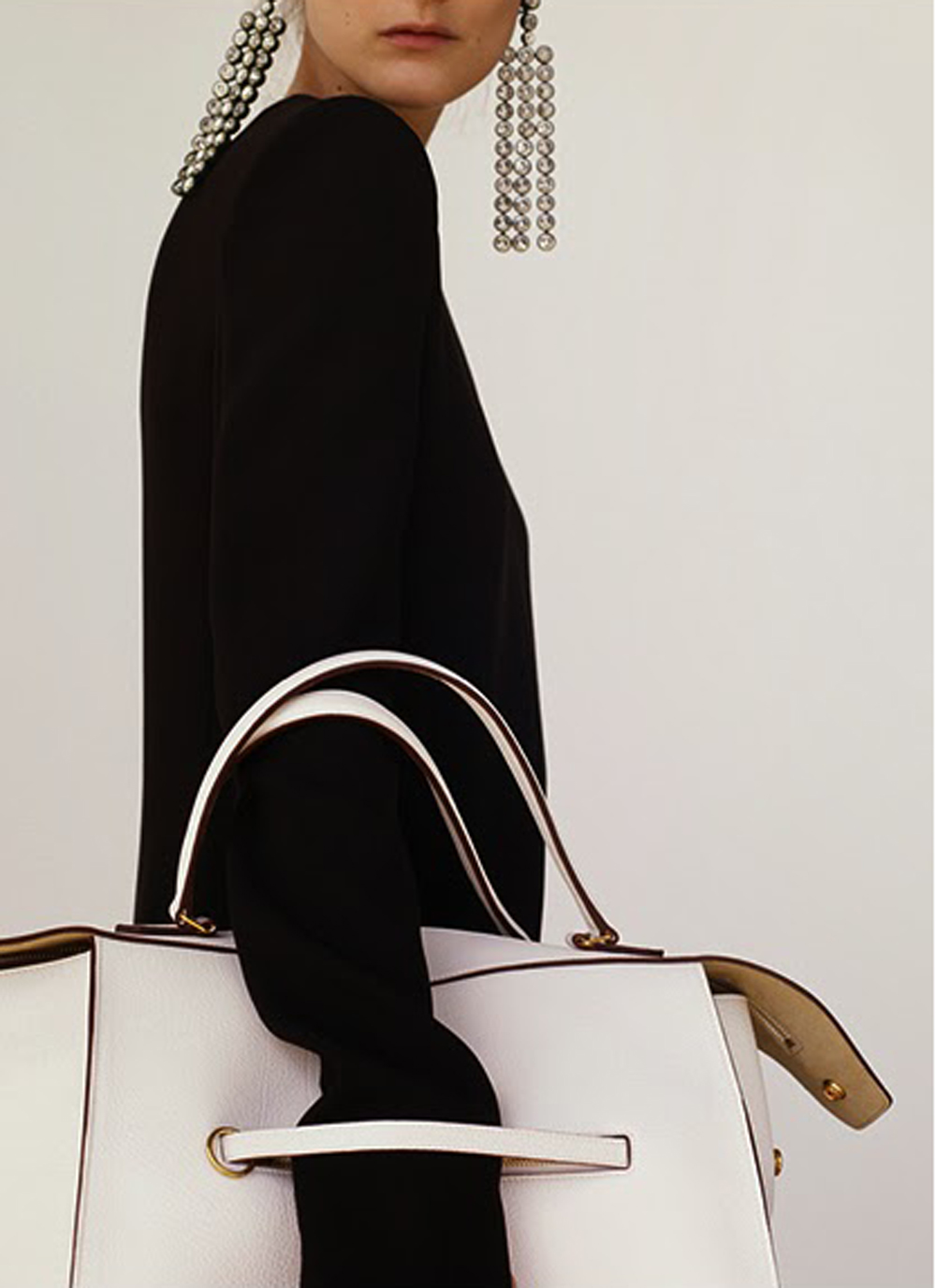Achilles
Heel
Text by Justin Seng
Portrait by Julia Hetta
Achilles
Heel
Text by Justin Seng
Portrait by Julia Hetta
Finnish-born craftsman Achilles Ion Gabriel subverts the typical definition of a shoe designer by anchoring his approach in the traditional principles of shoe making. Drawing from a pantheon of inspirations such as the undeniable influence of his mother, a grave sculptor, Gabriel’s creations offer a contemporary twist built on classic shapes that include the Derby, Chelsea and Combat boot. These pieces are exquisitely put together by hand, using carefully curated leathers to construct streamlined yet artisanal silhouettes.
With such emphasis accorded to the architectural nature of his pieces, it is no wonder Gabriel identifies himself more readily as a shoemaker, rather than a shoe designer; his eponymous label is an eclectic blend of cultural and heritage references as well as quintessential artisanal values. Vulture speaks to Gabriel to garner insight on the process and rational behind his designs.
How would you describe your relationship with shoes?
For most of us shoes are something you wear to protect your feet, a necessity. But since we have to wear shoes, why not wear a well-crafted pair? I usually just wear basic black derbies.
Growing up, was shoe design always the dream?
Oh no, although I always liked shoes. I grew up in a family where there was not too much pressure put on planning a future career. I think in my case my parents wanted me to find out for myself what I want to pursue. I wanted to do something quite technical but creative. After high school when one has to choose what to study, I was struggling between a lot of different schools. I heard of the shoe school and in the end it was the only school I applied to.
What would be that one definitive moment that led to your foray into shoemaking?
Well, even after the five years of shoe making school, I actually got lost for a few years doing something totally different. It was when I moved to Paris and needed a job that I had to face what I do know: Shoe making.
Tracing your roots, how do you think your cultural upbringing has influenced you as a designer today?
Well there are elements of Finnish uptightness, Swedish communism and Russian eccentrics. But I think the biggest influence of my work comes from my hero: my mother (yes, I'm totally a mama's boy). Her stone sculpting really influenced me.
What are the key sources of inspiration that you draw from?
The bottom line of my label is drawn from what I personally expect from shoes. From season to season the inspirations vary from Rietveld to bōsōzoku, from Brâncuși to my friends, etc.
You mentioned that your friends act as a source of inspiration for your designs. Could you draw on such an example?
Well, in a vague way, I always name the shoes after someone I know. Sometimes I think about a friend and what their universe reflects into mine. There I get the guidance for a new style.
Despite being only 25 years old, you seem to be grounded by such a traditionalist approach towards your craft. What is the significance of such a detail for you?
Personally as well as in my work, I have always preferred objects created by people who actually understand the making of that object. So yes, for myself it is a significant factor, but even more significant for the label.
How would you go about dissecting your aesthetic and design sensibility?
I would say it falls somewhere pretty close to romantic minimalism.
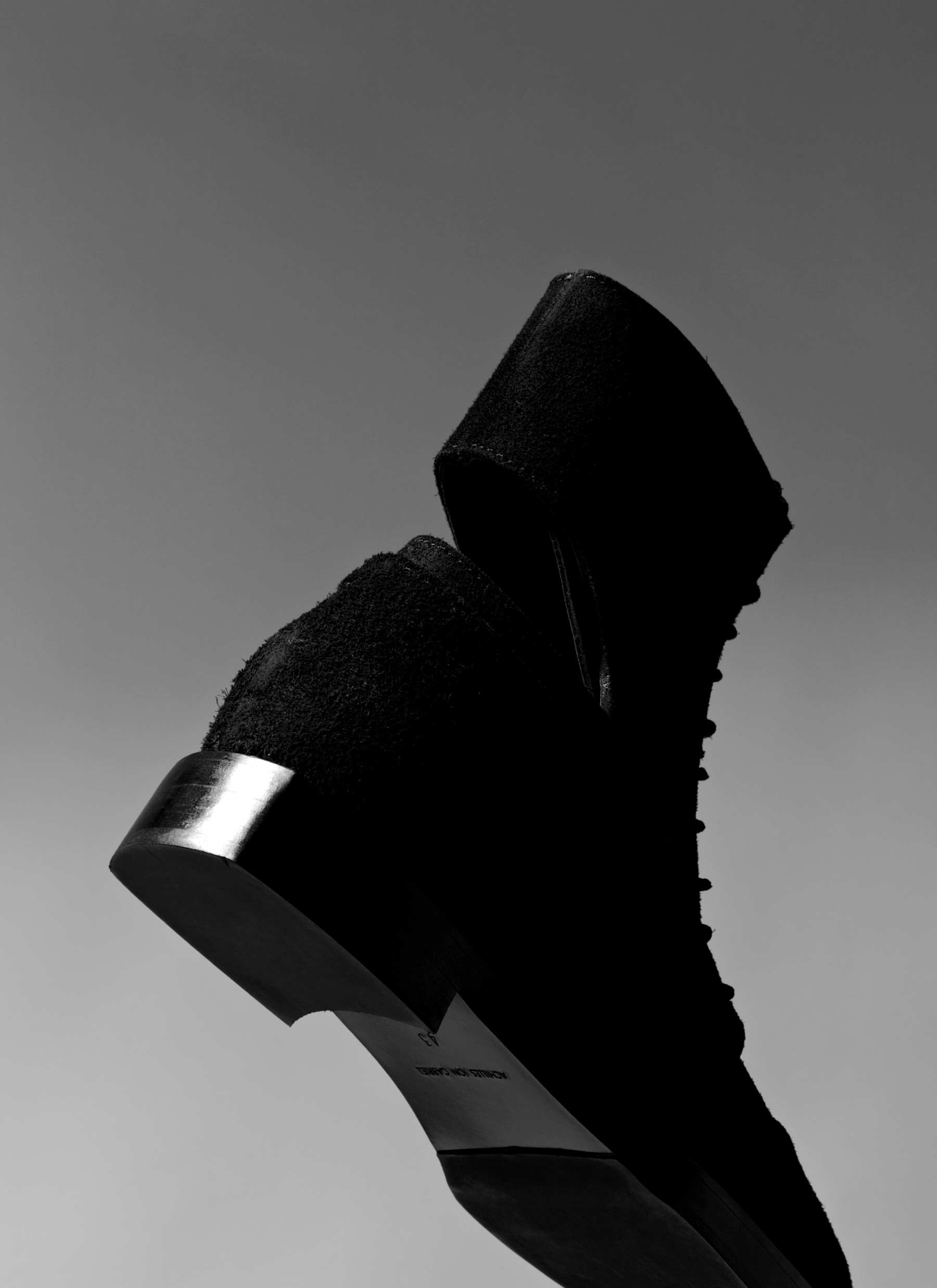
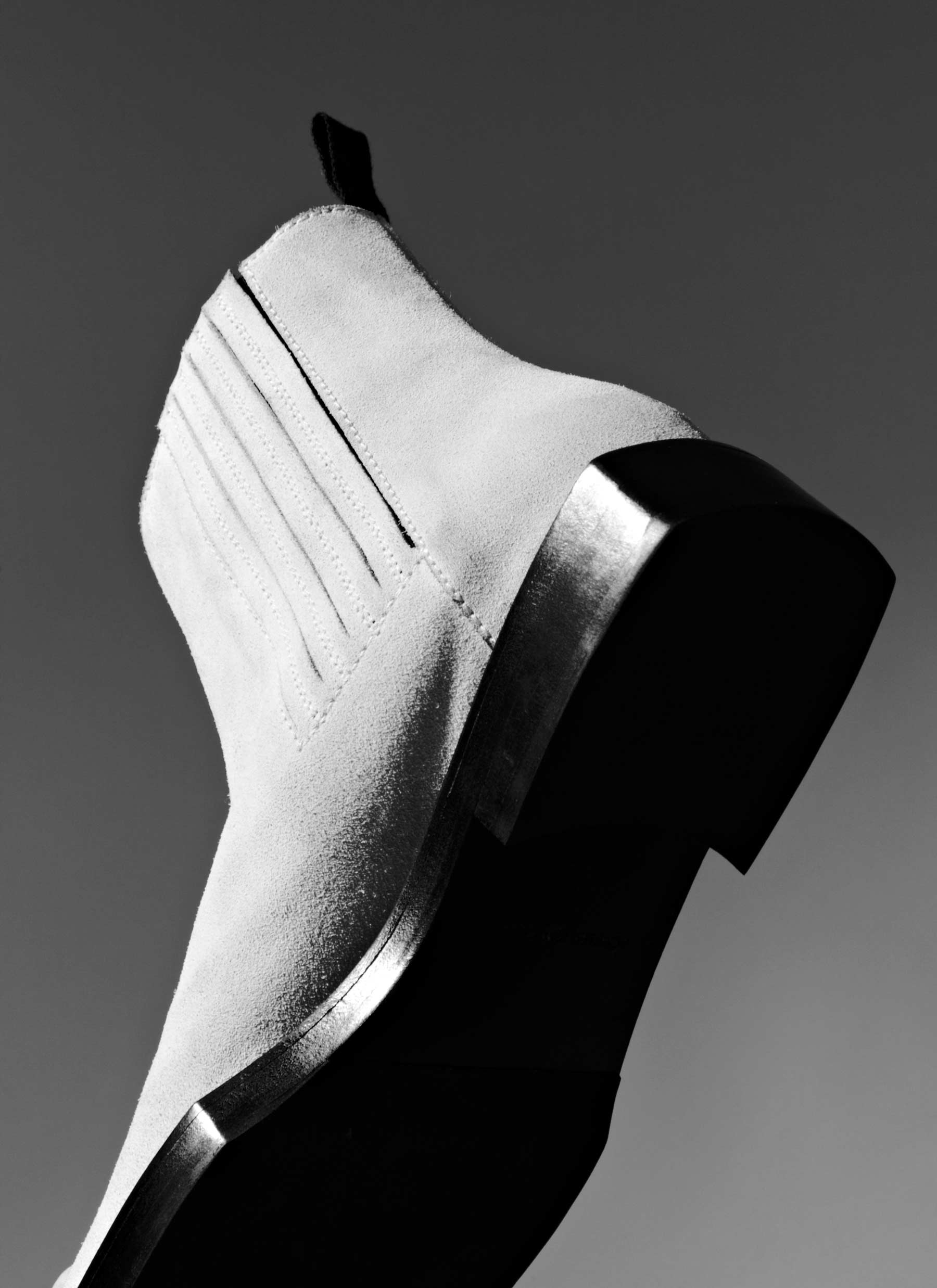
Why the decision to create an eponymous label?
I moved to Paris and I needed a job. I didn't speak any French nor knew anyone who had use for my skills. So I decided to start from scratch and the year after I showed my first collection.
Could you ever envision a world where handcrafted goods such as yours become obsolete?
Handcrafted goods are certainly not living in their golden age today, but I think people are more and more keen on something other than mass produced sameness. I think a lot of people would rather get a handcrafted product than something mass produced, but because of the time and cost of handcrafting compared to mass producing, handcrafted products have become a luxury item.
If you could only own one pair of shoes, how would you craft them?
Leather combat boots with a heavy sole. The answer is easy because I have been thinking about the single-pair concept, since I want to give away shoes to the homeless in Paris. And in my mind leather combat boots makes the most sense.
That being said, how many pairs of shoes do you actually own?
A pair of combat boots and three derbies from my label and a pair of white running shoes. So I guess it makes a total of five pairs. I also have an archive of about 50 pairs from the first three collections, but I want to keep them unworn.
At a tender age of 21, you made your television debut on Muodin Huipelle ("To the Top of Fashion”). How was that experience like?
With the comedic approach I took for that project, the experience obviously was hilarious. I do not regret it but I wouldn't do it again.
I understand that you shuttle between Paris and Menorca, where your shoes are manufactured. How did your collaboration with the local tanner and factory in Menorca begin?
I was factory hunting for a long time and by chance I met a person who knew this factory, and the factory knew the local tanners. So it was a perfect chain reaction.
Would you liken such serendipitous encounters to your thought process with regards to a new design? Or does it boil down more to precision and structure?
When you know what you want it is a bit easier than when you have no idea. Luckily, my collection was production-ready when I approached the factory. So I didn't face a hard time trying to convince the factory.
